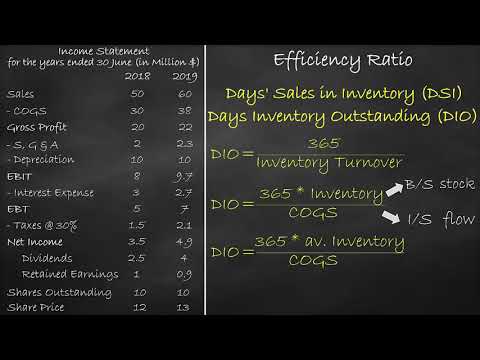
A financial service that allows employees to access earned wages before their next scheduled payday. The portion of an employee’s wages that is subject balance sheet quiz and test to Social Security tax. Money paid to an employee for work done in a previous pay period, such as a salary increase that was due in the prior pay period. Allows employees who live in one state and work in another to pay state income tax to their home state, instead of the state they work in.
Most bonuses are discretionary, meaning they are given at the sole discretion of the employer and not because employees expect to receive them. A network that enables the electronic transfer of funds, from one bank account to another. For example, during payroll processing, the employer transfers funds from the company’s bank account to each respective employee’s bank account. Most businesses qualify for a 5.4% FUTA credit reduction after paying their state unemployment taxes, bringing the FUTA tax rate down to 0.6%.
Federal Income Tax Withholding
The amount of a paycheck is the employee’s net pay, or gross pay minus payroll deductions. A mechanism to factor in tip payments when calculating minimum wage. It permits an employer to apply a percentage of an employee’s tips towards the employer’s obligation to pay the minimum wage. The term “pay period” refers to the frequency with which an employer chooses to pay employees and contractors. A non-exempt employee is entitled to overtime pay when they work more than 40 hours in a week. Overtime pay is equal to 1 ½ times the employee’s regular rate of pay.
The employer is responsible for remitting a total of 12.4% of an employee’s taxable earnings to the IRS. They are permitted to take 6.2% from the employee as a withholding tax and “match” the other 6.2% as a payroll tax. There is a wage base limit, which means that the tax stops at a certain amount of wages for the year. Includes overtime pay, bonuses, commissions, retroactive pay, accumulated net working capital definition sick leave pay, and severance pay. Supplemental wages may be subject to special federal and state tax withholding rules.
Fringe Benefits
It also applies to other types of regular wages, such as holiday and vacation pay. A state payroll tax which is used to help fund the unemployment insurance system. A few states, including New Jersey and Pennsylvania, require employees to pay SUTA via payroll deduction. The minimum hourly rate an employer is allowed to pay nonexempt employees under federal, state, or local law.
Common Payroll Terms To Know
Your pay-period options are weekly, biweekly, semimonthly, or monthly. Payroll Dictionary is a free resource and reference for payroll terminology and definitions. No matter how long we work at small business hiring trends end the year on a positive note a job, there come times when we struggle to remember certain work related words or definitions. Whether you are learning payroll or have been working in payroll for many years, we hope that this Payroll Dictionary will be of service to you.
- The Social Security and Medicare taxes a self-employed person is legally required to pay.
- A bookkeeping system that records all a business’s financial transactions.
- The length of time an employer uses to determine their IRS deposit schedule for withheld federal income tax and FICA taxes plus their own share of FICA taxes.
- Garnishment is a legal proceeding authorizing an involuntary transfer of an employee’s wages to a creditor to satisfy a debt.
- Base pay rate is only the wages paid to an employee for their work, which is often broken down as an hourly, monthly or annual salary.
Each payroll tax comes with its own set of rules, exceptions, and limitations. Federal Insurance Contributions Act (FICA) taxes comprise Social Security and Medicare taxes. They’re payroll taxes that both employees and employers pay based on eligible employee compensation.

Under this law, employers are required to notify employees at least 60 days before a plant closing or other type of mass layoff. The individual retirement account (IRA) offers employees greater control over their retirement savings. With this retirement plan, employees can deposit funds and enjoy access to tax advantages. Withholding is a payroll deduction that is given directly to a federal, state or local authority for the purpose of paying applicable taxes.
